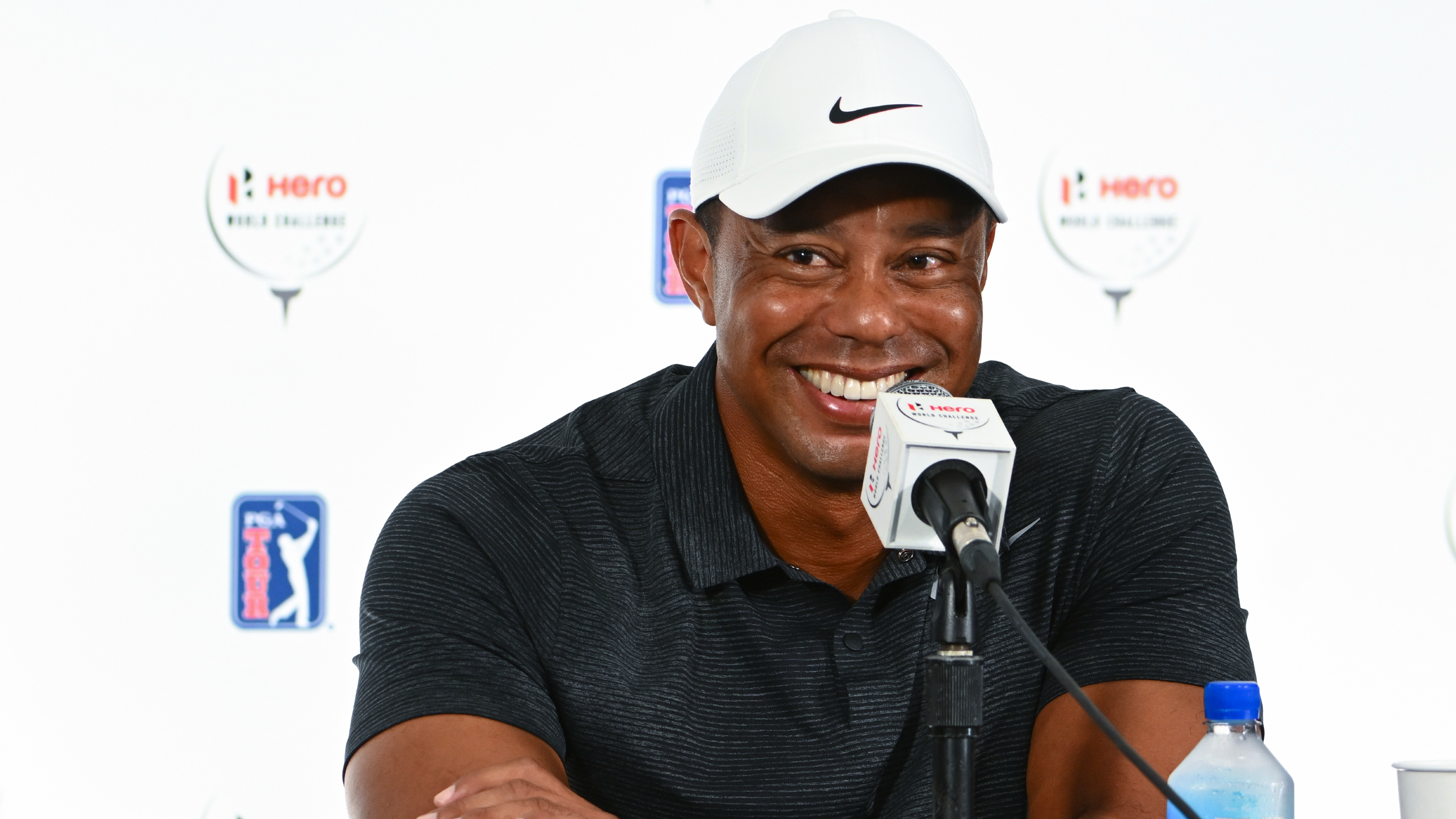
When Tiger Woods made his first appearance of the year at the Genesis Invitational, there was encouragement that brighter times were ahead for the 15-time Major winner after previous struggles to put a leg injury sustained in a 2021 car accident behind him.
That optimism soon dissipated at April’s Masters, though. He was seen limping badly during the third round at Augusta National, and sure enough, he eventually withdrew from the tournament, only to undergo surgery on his ankle days later.
It was initially reported that Woods had withdrawn from The Masters after a flare-up of the plantar fasciitis that had first ruled him out of the Hero World Challenge four months earlier. However, Woods had also been suffering from arthritis stemming from the injuries he picked up in the crash in February 2021.
As a result, he underwent a subtalar fusion procedure, which turned two bones and a joint below his ankle into one bigger bone, with the result being slightly less movement but, crucially, the removal of the pain that had left him unable to finish April’s tournament.

Woods is no stranger to bouncing back from adversity, and has a long history of injuries. However, despite concerns that his latest setback could finally end a glorious career, several months on, he was once again preparing for a comeback, including caddying for his son Charlie for four days in a row at October’s Notah Begay III Junior Golf National Championship.
Following that achievement, Woods revealed he was indeed pain-free following the ankle surgery, and soon after he confirmed he would return to competitive action at November’s Hero World Challenge.
But will the subtalar fusion procedure be the crucial surgery that, this time, sees Woods put together an injury free run? Golf Monthly spoke to foot and ankle surgeon and consultant Nima Heidari after his surgery, who explained in more detail what it entails and what the future may hold.

He said: “He had broken the bone called the talus. And the talus is one of the main bones that connects your foot to your femur and thereby connects to the ankle joint. When you break the talus, the way that it breaks is arthritis of either the ankle joint, the subtalar joint and also the joint in front of the talus which is called the talus iginma joint. Arthritis is the eventual outcome.
“So what you do is that when you’ve got a broken bone, you go in there and you place those screws and reconstruct that bone and to put the joint also back together. So that’s what he’s had.
“So the surgeons that originally operated on him very skilfully put the jigsaw puzzle of his broken talus back together, they held it with pins and screws and plates, and it has gone on to heal.
“As a consequence of the injury that he had to his talus, he’s now gone on to develop this subtalar arthritis, or the wear and tear of the joint, which is why he’s had so many problems of being able to walk around the golf course very easily and having a lot of pain in his foot.
“It’s all because of his arthritis in his subtalar joint. So now we’ve reached the point where you can’t preserve the joint, the joint is stiff so it doesn’t move very well and it’s painful, so you then convert it to a stiff joint where it’s not painful. And the process of doing that is the subtalar joint arthrodesis or fusion, which is what he had.”
Heidari also explained he was confident Woods could return to playing at a high standard. He continued: "He's still managed to play astonishingly good golf from coming out of the injury, and he's been treated by a very, very skilful surgeon. So technically he would have had a superb operation. And off the back of that, then it is the case that, honestly if he's got less pain, he will just get on with it."
Time will tell if the subtalar fusion procedure has done the trick for Woods, but with an appearance at the PNC Championship coming shortly after the Hero World Challenge, we will soon have a better idea of whether Woods can look to the future with renewed optimism.







